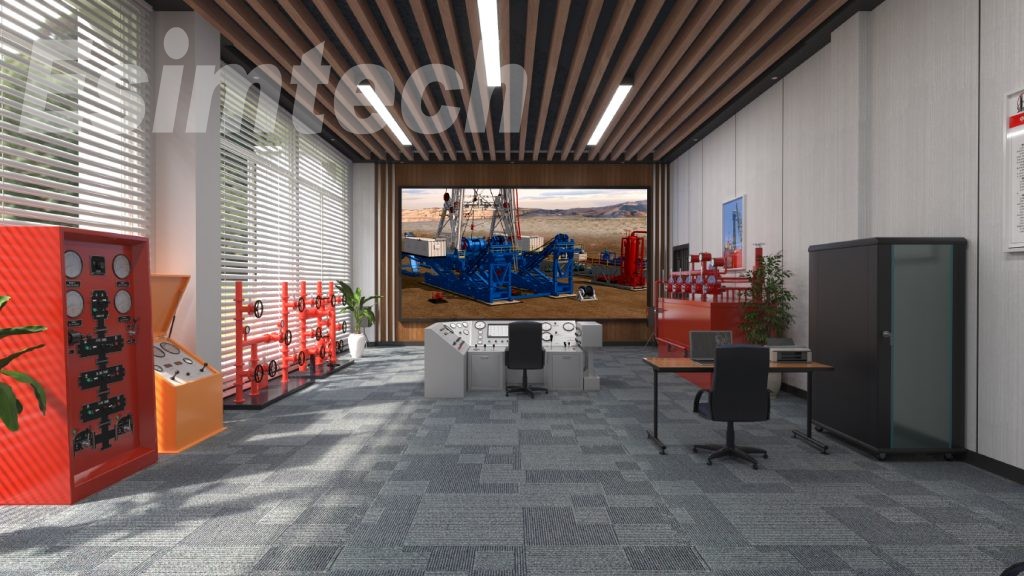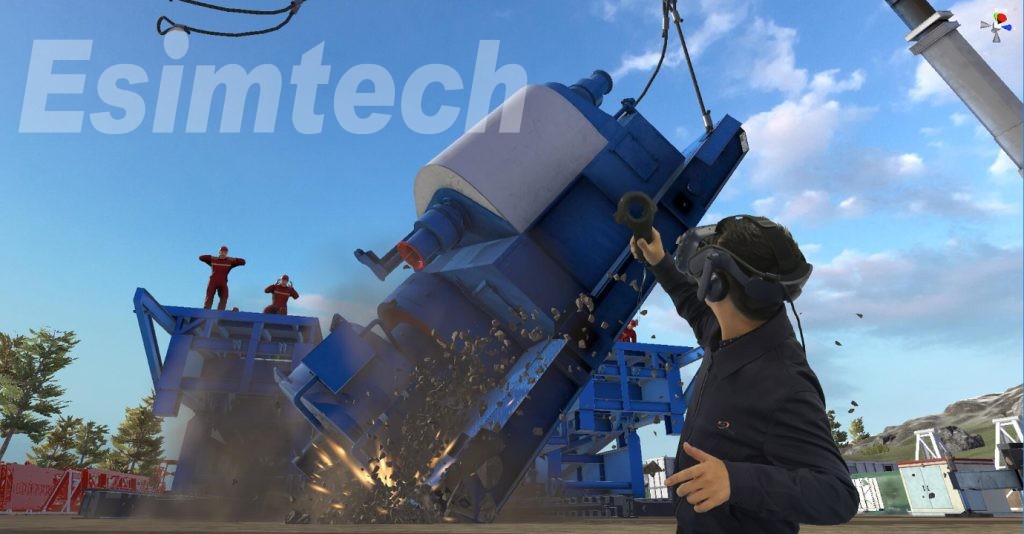What are the Trends and Innovations in Drilling Well Control Simulators
Drilling and well control simulators have revolutionized training in the oil and gas industry, equipping personnel with the necessary skills to respond to well control incidents. Recent years have witnessed remarkable progress in the technology driving these simulators, resulting in more realistic and effective training experiences. In this article, we explore the latest trends and innovations in drilling well control simulators that are shaping the future of workforce readiness.

Advanced Software and Graphics: Creating Immersive Training Environments
A key trend in drilling well control simulators is the adoption of advanced software and graphics, which enable the creation of immersive training experiences. The incorporation of high-fidelity graphics and 3D models of well sites, drilling equipment, and downhole scenarios has become standard practice. Moreover, mathematical models simulating drilling parameters such as flow rate, pressure, and temperature are increasingly prevalent. By leveraging advanced software and graphics, drilling well control simulators offer more effective preparation for real-life well control incidents.
Artificial Intelligence and Machine Learning: Enhancing Realism and Adaptability
Artificial Intelligence (AI) and Machine Learning (ML) are being integrated into drilling well control simulators to generate dynamic and lifelike training scenarios. AI algorithms simulate real-time events like equipment failures and weather changes, enabling trainees to respond to unexpected situations. This fosters a more challenging and authentic experience, enhancing decision-making and problem-solving skills. Additionally, AI and ML analyze data from real-life incidents, identifying patterns and trends to improve well control training and offer personalized support where needed.
Virtual and Augmented Reality: Providing Realistic and Hands-On Training
Virtual and augmented reality technologies have transformed drilling well control simulators into highly realistic training platforms. Trainees can physically interact with the virtual environment, boosting engagement and simulation accuracy. Using virtual reality headsets, trainees can practice different well control scenarios, including equipment usage, within a simulated environment. Augmented reality overlays real-time data on the simulation, empowering trainees with vital information during well control incidents.

Cloud-Based Training: Boosting Accessibility and Scalability
Cloud-based training has gained popularity in the oil and gas industry, and drilling well control simulators are no exception. Accessible from anywhere and at any time, cloud-based training improves efficiency and reduces costs. Particularly beneficial for remote drilling sites, where transporting physical simulators might be impractical, cloud-based training is also highly scalable, enabling organizations to efficiently train larger numbers of personnel.
Integration with Real-Time Data: Enhancing Decision-Making and Safety
Drilling well control simulators now integrate real-time data from drilling operations, creating dynamic training scenarios that mirror actual drilling conditions. Trainees practice responding to real-time events, making quick decisions in well control incidents. Wellbore pressure, mud weight, and other parameters are used to simulate realistic drilling conditions, enhancing both training effectiveness and operational safety.
Gamification: Elevating Engagement and Training Outcomes
Gamification is making drilling well control simulators more engaging and enjoyable for trainees. By incorporating game-like elements such as points, levels, and rewards, gamification motivates trainees to complete training modules. This interactive approach increases training effectiveness, ensuring that trainees are well-prepared to respond to well control incidents with confidence and proficiency.
In conclusion, the continuous evolution of drilling well control simulators is revolutionizing workforce readiness in the oil and gas industry. With advanced software and graphics, AI and ML, virtual and augmented reality, cloud-based training, real-time data integration, and gamification, these simulators provide lifelike and effective training experiences. By equipping personnel with essential skills and knowledge, drilling well control simulators contribute to safer drilling operations and environmental protection.
- Art
- Causes
- Crafts
- Dance
- Drinks
- Film
- Fitness
- Food
- Jeux
- Gardening
- Health
- Domicile
- Literature
- Music
- Networking
- Autre
- Party
- Religion
- Shopping
- Sports
- Theater
- Wellness


